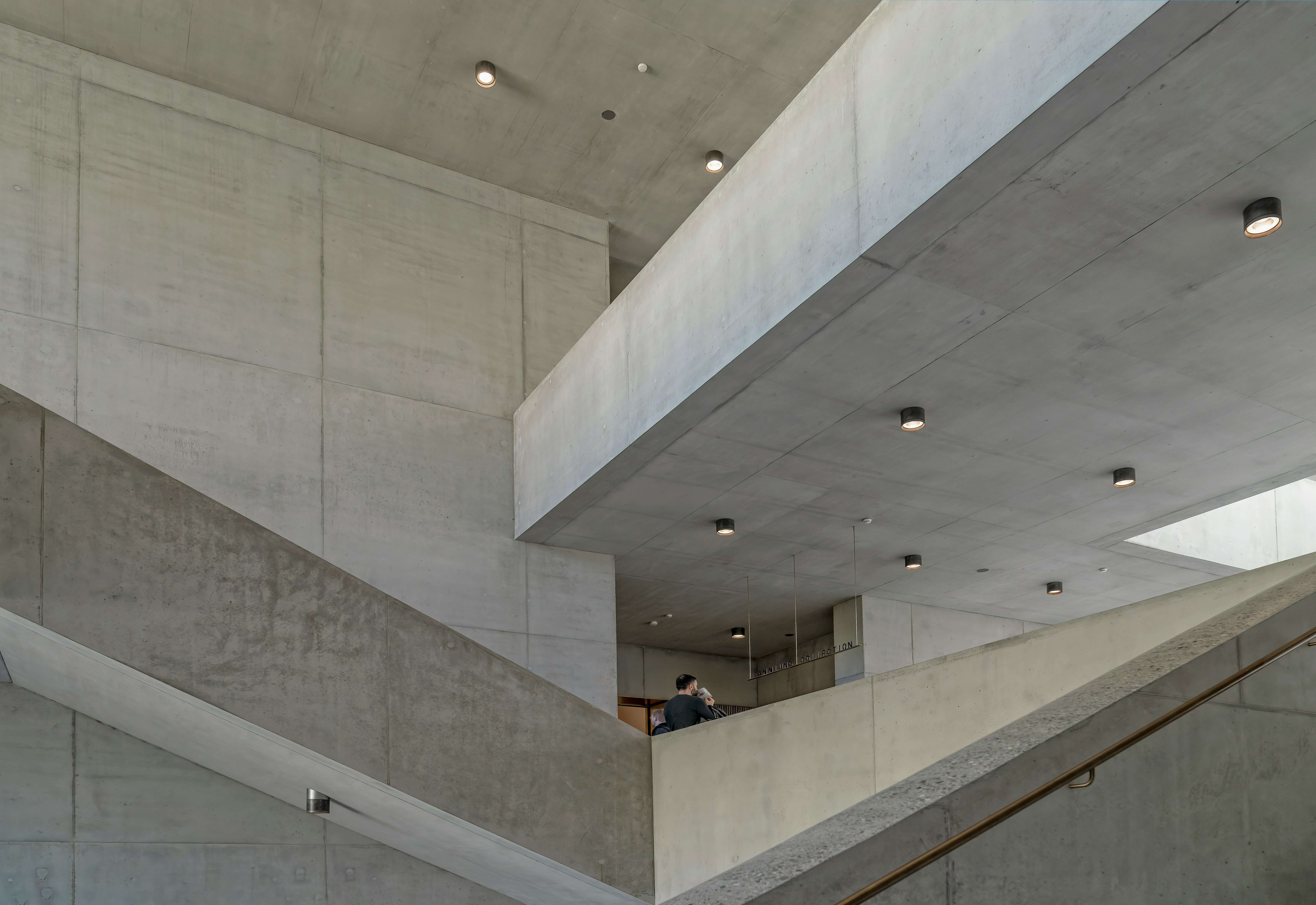With a rich history and ancient culture, Spain has left an indelible mark on the design world, particularly in architecture. From imposing Roman fortresses to contemporary masterpieces of postmodernism, Spanish design has captivated the global community. It is known for its ingenuity, beauty and ability to reflect the country’s cultural identity.
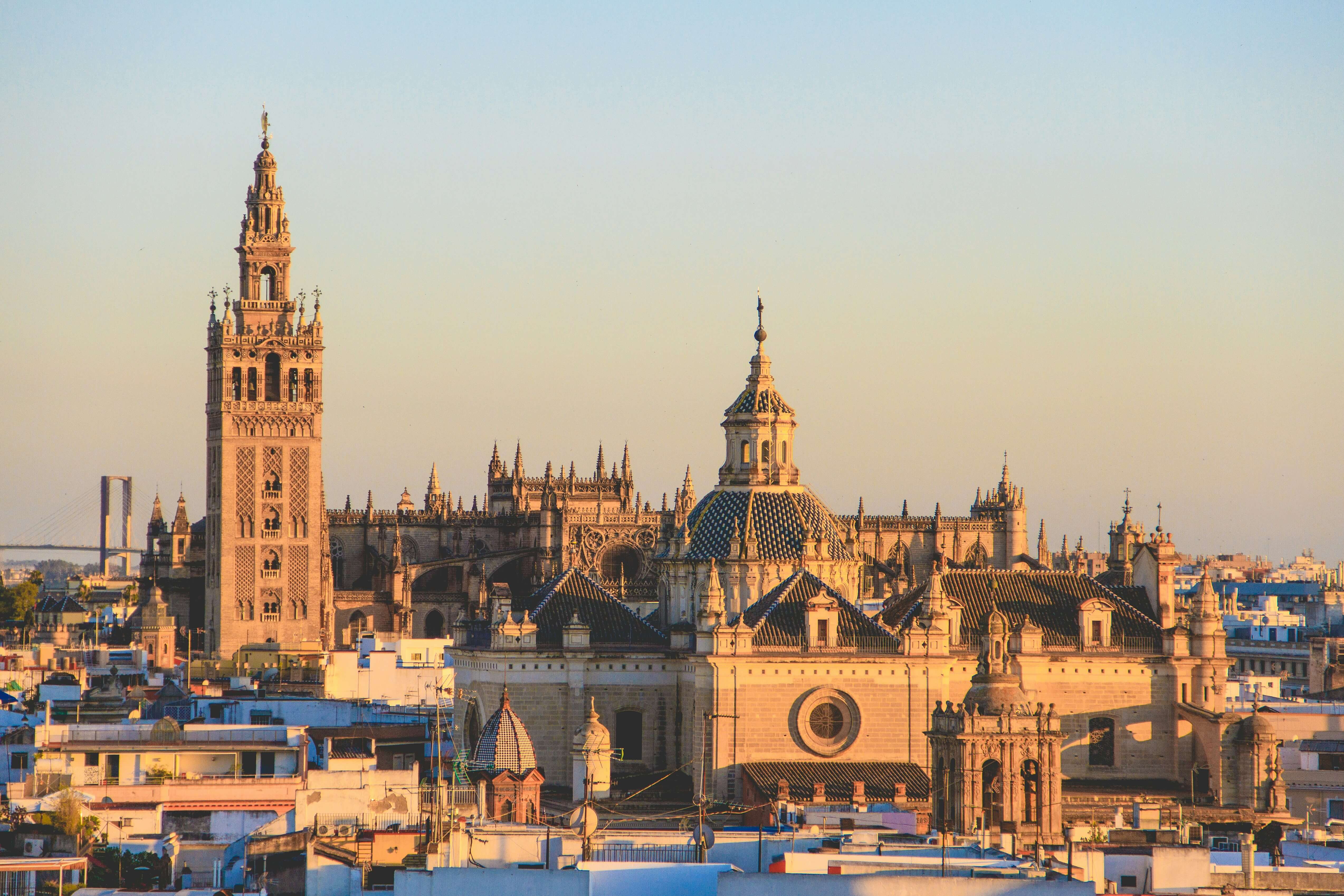
Image 1. Seville Cathedral, Seville, Spain. Source: Unsplash
Illustrating their ability to fuse tradition and modernity, Spanish architects continue to export styles and techniques that redefine the urban and rural landscape around the world.
The study and appreciation of Spanish design provides valuable lessons. In an era of increasing globalisation, architecture can act as a bridge between cultures, a tool for sustainable development and an art form that enriches human life. For architecture and design professionals, the Spanish legacy offers a treasure trove of knowledge. Furthermore, it is a constant source of inspiration for future projects.
In this article, we will delve deeper into the fascinating legacy of Spanish design and its ongoing relevance in the global architectural landscape. We will analyse some of the most emblematic projects, historical and contemporary, that have left their mark around the world. Finally, we will examine the profound influence that Spanish architects have had on the development of architecture internationally.
A journey through time: Iconic masterpieces
Spanish design encompasses a wide range of styles and periods, each with its own distinctive characteristics. Some of the most notable examples of historic Spanish architecture include:
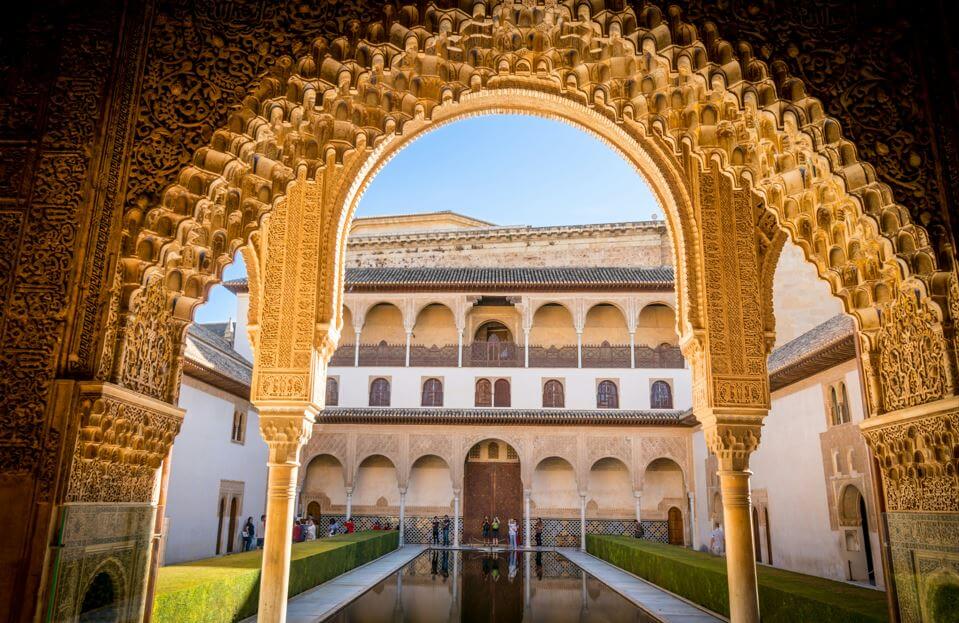
Image 2. The Alhambra of Granada, Granada, Spain. Source: Unsplash.
The Alhambra of Granada
This 13th century Nasrid palace and fortress is considered one of the masterpieces of Islamic architecture. Its intricate plaster decoration, elaborate courtyards and impressive gardens make it a world reference for architectural beauty and harmony.
The Great Mosque of Cordoba
An impressive example of Hispano-Muslim architecture, with its forest of columns and horseshoe arches. Its construction spanned several centuries, reflecting the evolution of Islamic styles in the Iberian Peninsula.
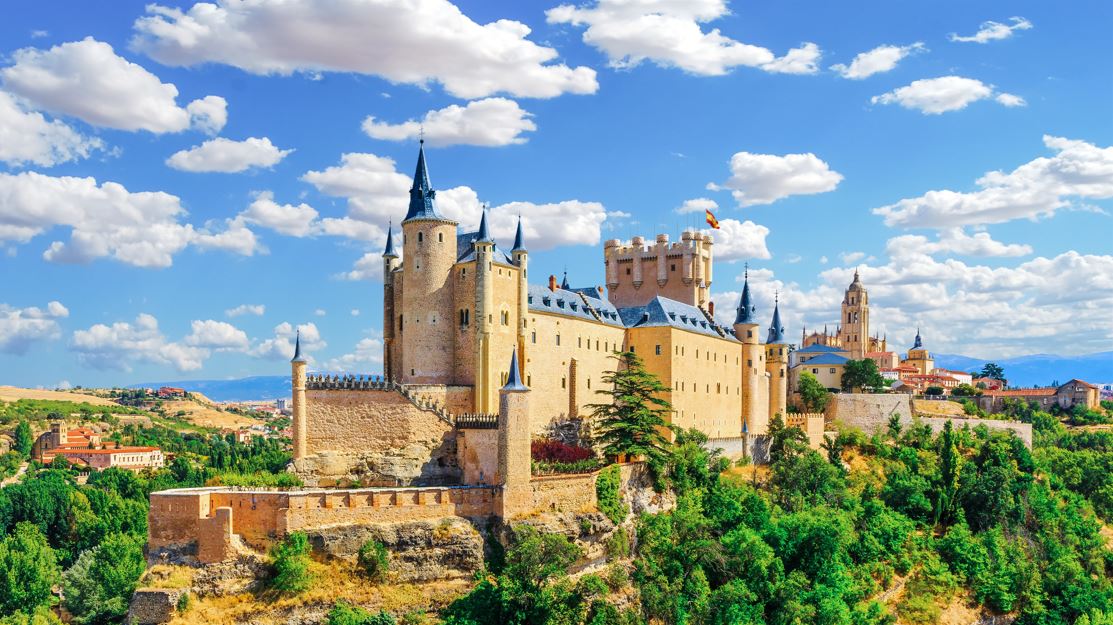
Image 3. The Alcazar of Segovia, Segovia, Spain. Source: ShutterStock.
The Alcazar of Segovia
An imposing medieval castle that served as a royal residence for centuries. Its sturdy stone structure and crenellated towers represent the power and majesty of Spanish royalty.
Seville Cathedral
It’s the largest Gothic cathedral in the world with its impressive Giralda and its rich collection of works of art. Built over several centuries, it reflects the evolution of Islamic styles in the Iberian Peninsula.
Exporting architectural styles: The global influence of Spanish design
The influence of Spanish design extends far beyond the country’s borders. Throughout history, many Spanish architects have emigrated to other parts of the world, bringing their knowledge, styles and traditions with them.
Catalan Modernism, spearheaded by Antoni Gaudí, not only transformed Barcelona but also influenced architectural movements all over the world. One such example is European Art Nouveau. This artistic movement was characterised by organic forms, floral motifs and certain materials, such as wrought iron and glass. Gaudí was one of the main exponents. Casa Batlló and Park Güell are examples of how he broke with traditional forms to create vibrant, organic spaces.
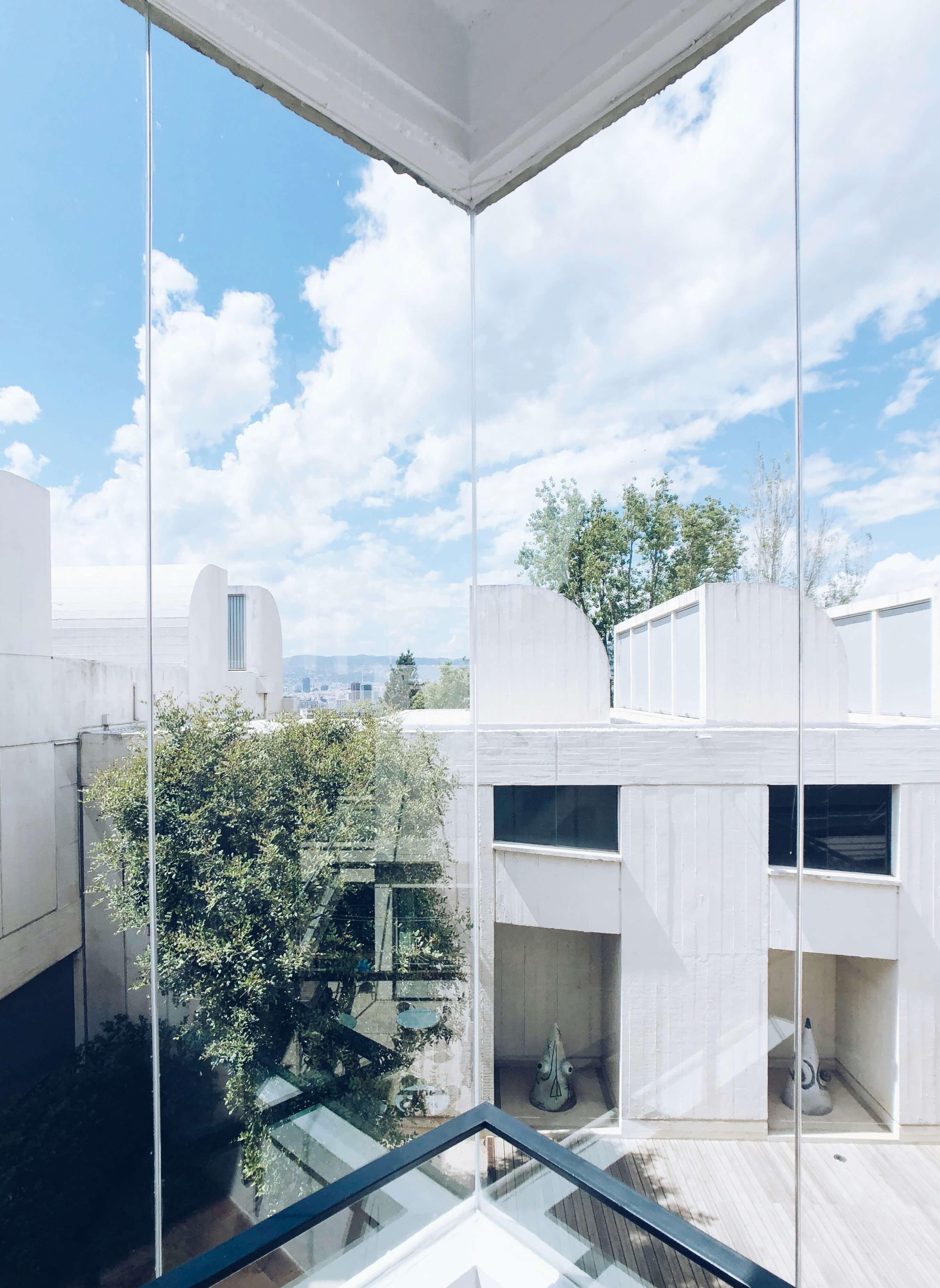
Image 4. Joan Miró Foundation, Barcelona, Spain. Source: Unsplash.
Impact of Spanish architects at the Bauhaus
Likewise, the impact of Spanish architects at the Bauhaus, such as José Luis Sert, was significant. Sert was a follower of Le Corbusier and took modernist principles to the Americas. He left a profound mark on urban design and institutional architecture, especially through his work at Harvard and on numerous projects in Latin America. For nearly two decades, the office of Sert, Jackson & Associates was responsible for a number of prominent university projects. These included the Boston University (BU) Law School Tower, the Mugar Memorial Library and the George Sherman Union. At Harvard: the Peabody Terrace student housing complex, the Science Centre and the Holyoke Centre. These landmark buildings reflected a completely innovative architectural vision.
The Spanish Colonial style has a distinctive mix of Moorish, Renaissance and Baroque influences. It is characterised by majestic arches, elaborate balconies and interior courtyards that serve as private oases. This architectural style has left a lasting legacy in many Latin American countries, notably Mexico, Peru and Argentina. In these countries, colonial cities such as Puebla, Cusco and Cordoba still retain these traces. Their churches, monasteries and residences exhibit the magnificence and functionality of this style. For instance, the arches provide not only aesthetic but also structural value. In addition, the balconies allow for social interaction and connection to the outside environment. Meanwhile, courtyards are the heart of colonial houses, offering a cool and peaceful space amongst the urban bustle. This reflects the adaptability and lasting influence of Spanish colonial design on Latin American architecture.
Contemporary influence
In recent times, Rafael Moneo, Patricia Urquiola, Enric Ruiz-Geli, Eduardo Arroyo and Juan Herreros have continued this tradition of global influence. Among many other Spanish architects, they have gained international recognition for their innovative and sustainable designs.
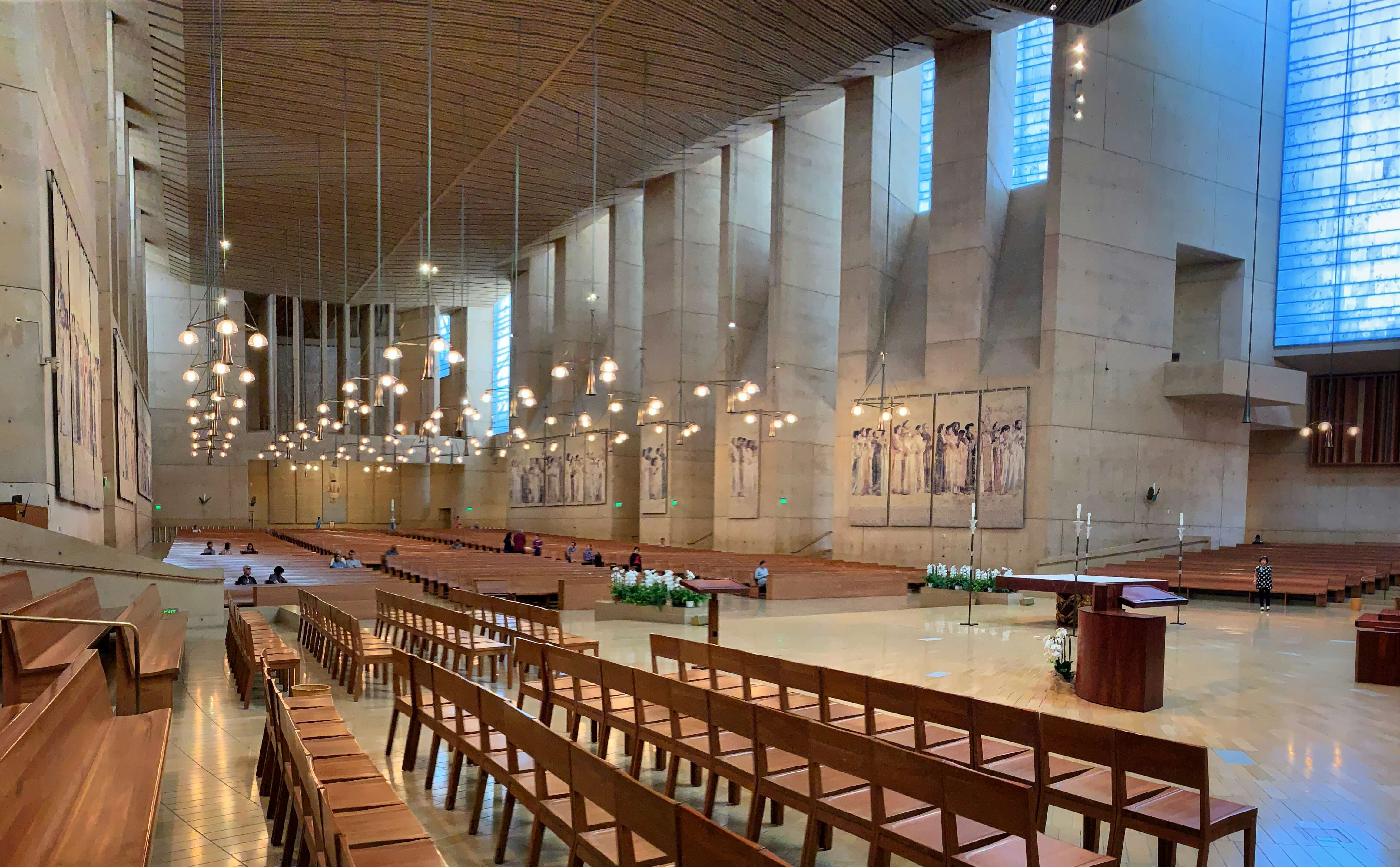
Image 5. Cathedral of Our Lady of the Angels, Los Angeles, USA. Source: Unsplash.
Rafael Moneo
Rafael Moneo, winner of the Pritzker Prize, is known for his rational and contextual approach. This is visible in works such as the Expansion of the Prado Museum and the National Museum of Roman Art in Mérida. His work is studied and admired for its ability to dialogue with the historical and cultural environment. He has also completed important works in the United States, such as the Spanish Ambassador’s Residence in Washington and the Cathedral of Our Lady of the Angels.
Patricia Urquiola
Patricia Urquiola, for her part, has taken Spanish design to the field of interior design and furniture. Collaborating with international brands, she has created pieces that combine functionality and beauty. Moreover, she always uses a touch of innovation and aesthetic appreciation.
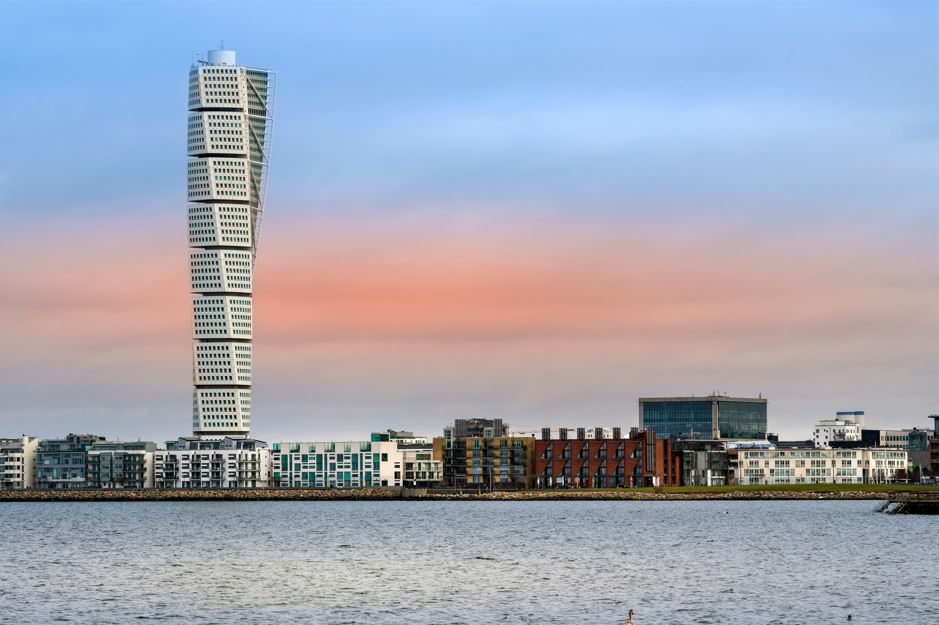
Image 6. Turning Torso, Malmö, Sweden. Source: ShutterStock.
Santiago Calatrava
Another significant example is Santiago Calatrava, a Valencian architect and engineer renowned for their innovative and avant-garde designs. His works, such as the City of Arts and Sciences in Valencia, have become architectural landmarks around the world. Other masterpieces include the Women’s Bridge in Buenos Aires (Argentina), the Turning Torso in Malmö (Sweden), and Lisbon’s Oriente Station.
Ricardo Bofill
Ricardo Bofill is another architect whose influence has transcended borders. His eclectic approach and ability to adapt styles to different cultural contexts have left their mark on cities around the world. The Bofill Architecture Workshop has developed projects in Europe, America and Asia. As a result, it has distinguished itself for its ability to combine modernity with tradition. One of his most notable projects is the remodelling of the Ricart Factory in Barcelona, which was transformed into Bofill’s own workspace and residence, known as La Fábrica. This project is an example of urban regeneration and adaptive reuse, principles that have become pillars of contemporary sustainable design.

Image 7. Scottish Parliament Building, Edinburgh, UK. Source: Unsplash.
Enric Miralles and Benedetta Tagliabue
EMBT, co-founded by Enric Miralles and Benedetta Tagliabue, is known for its innovative designs. Specifically, it often incorporates organic elements and a deep connection to the local environment. One of its most influential projects is the Edinburgh Parliament in Scotland, a building that has been praised for its integration with the Scottish landscape and its bold use of materials and forms. EMBT’s work reflects a philosophy that prioritises harmony between the building and its surroundings. This trend has gained popularity globally in sustainable and contextual design.
With its rich history, vibrant legacy and constant evolution, Spanish design continues to be a source of inspiration for architects, designers and creative minds around the world. From historic masterpieces to innovative contemporary creations, Spanish design reflects the country’s imagination, passion and cultural identity.
As the world continues to evolve, we can be certain that Spanish design will continue to play a key role.

